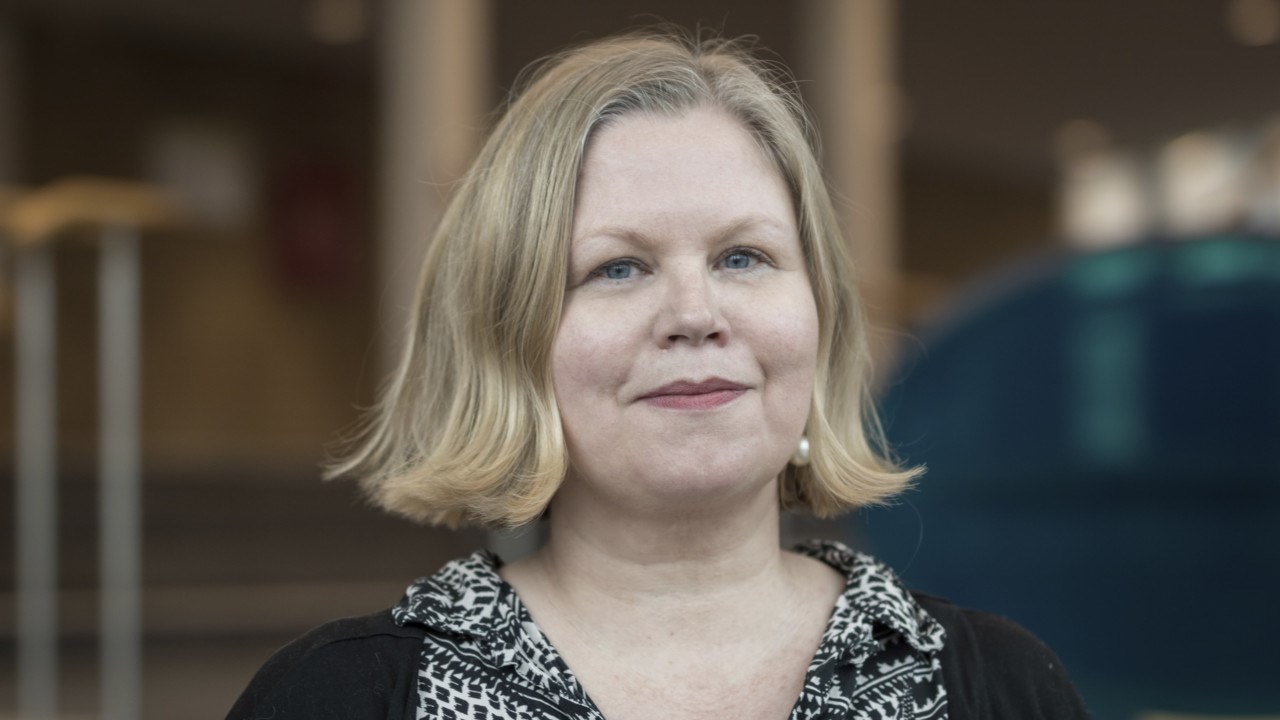More about DETECT
One focus is to investigate if there is a common international European cultural identity, and, if so, what that would be. Some keywords in the DETECT project are ethnicity, class, gender, sexuality, geography/location, genre, transculturalism and history, nationality, transnationalism, globalisation, consumption, spread, production and marketing.
Read more at: www.detect-project.eu/



